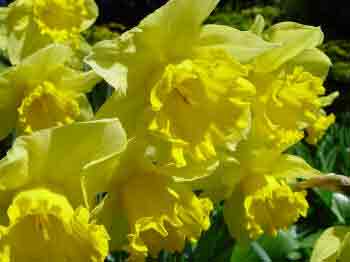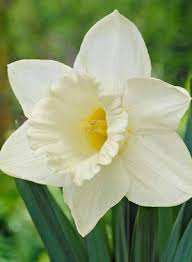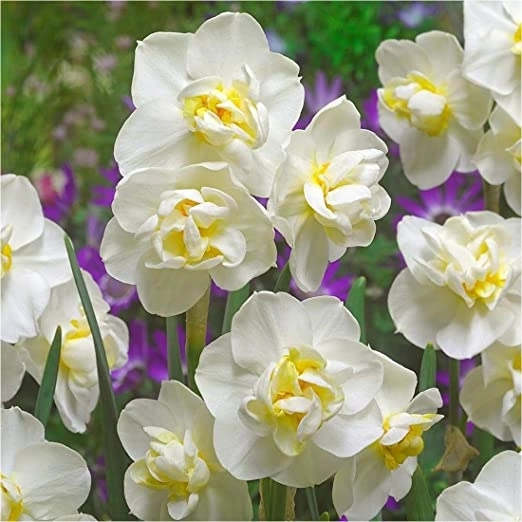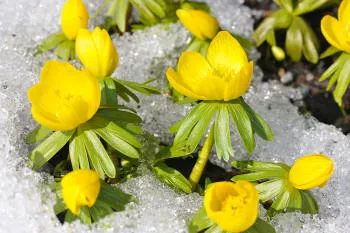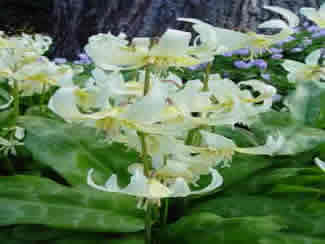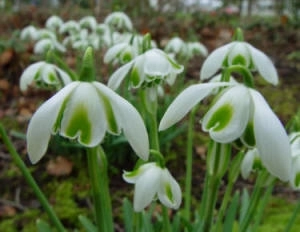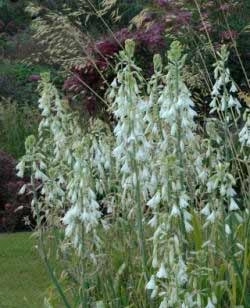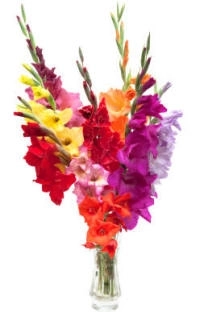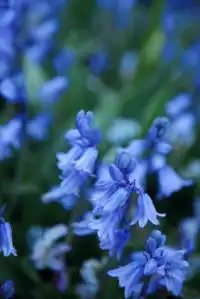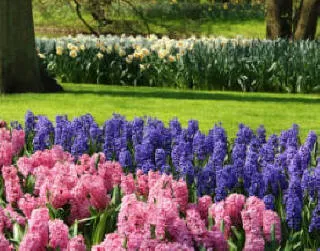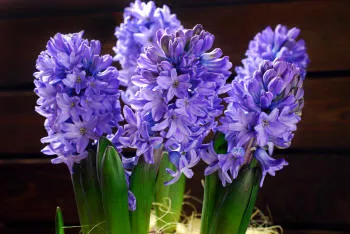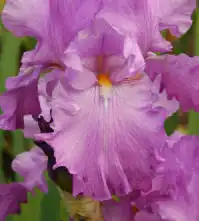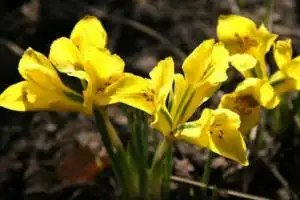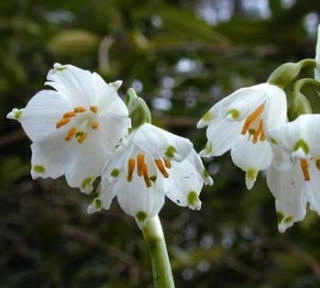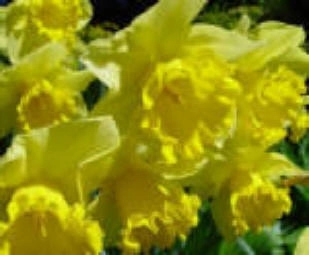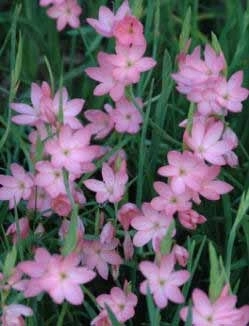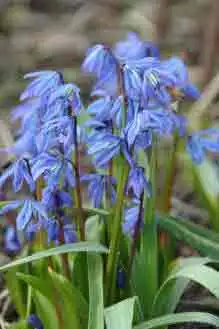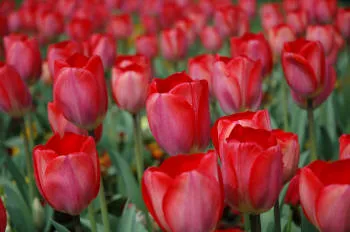The bulb of the Daffodil has functions that are not always well
understood, so often cause disappointment. Starting 'after' flowering
each year (Spring) the foliage of the daffodil does its job in helping
to provide the bulb with plenty of food, which it then stores and later
in the summer, uses this food reserve to produce the flower bud inside
the unseen bulb underground. So the Daffodil bulb is only 'dormant' in
that we cannot see it - as its foliage has died down - but it is a hive
of activity underground..
Inside the daffodil bulb - soon after the foliage has died down - the
flower bud for next spring starts to form. By the time you buy your
Daffodils in the late Summer, the bulbs will already have the flower
inside the bulb - ready to start its upward journey through the soil in
late Winter. In fact, the flower buds often start to emerge from the
ground in late December or early January - depending upon the type of
Daffodil.
When you purchase the bulbs late Summer, you can cut one in half from
top of nose through to base, and carefully part the scales (the leaves)
to reveal the small flower bud and stem within. Wear disposable gloves
and wash afterwards - daffodils - unlike onions - have a poisonous sap.
After planting the dormant Daffodil bulb in late Summer, activity
starts right away underground. Within weeks, the base of the bulb will
start sending out roots - both to anchor itself, and to prepare to start
finding food. The anchorage aspect of the Daffodil bulb is because it
has to exert a lot of pressure to get the foliage and stem above ground.
For feeding, the roots play an important part in obtaining minerals and
food from the soil - which the foliage will then utilise, modify, and
send back to the base of the plant - The Daffodil Bulb.
Now, it should be quite apparent why it is important to leave to
foliage to die down naturally after the Daffodil has flowered. No need
to tie them neatly in bundles, for a few weeks later, they will have
died down. Cut the leaves off and you interrupt the food chain, weaken
the bulb and have 'blind' (Non-flowering) Daffodils the following
Spring.
It should also have explained why it ids possible to grow Daffodil
bulbs into flower - either in water glasses, or in bulb fibre (which has
no food to speak of). The flower bulb has already been provided for you
during the previous months before you bought it!
